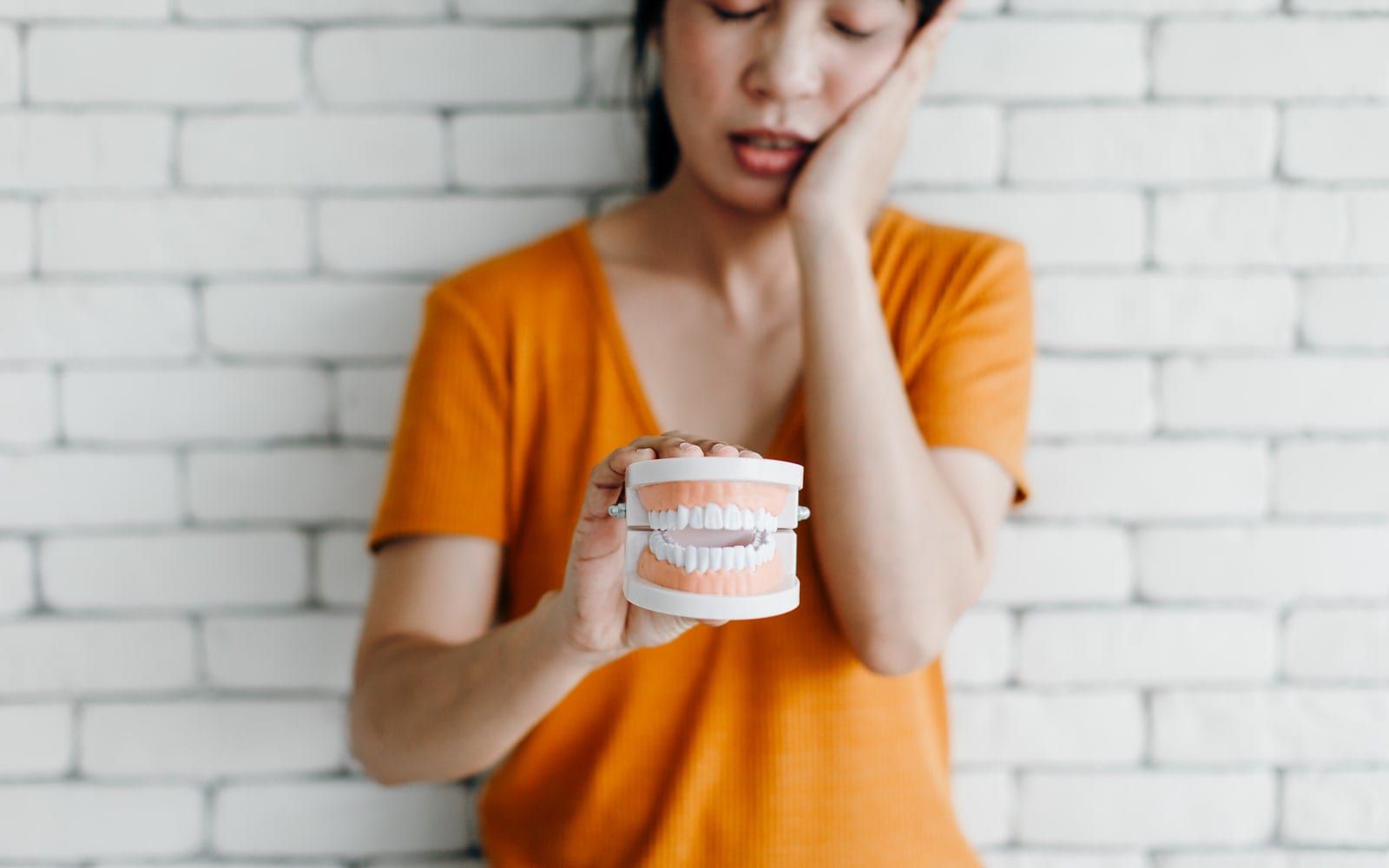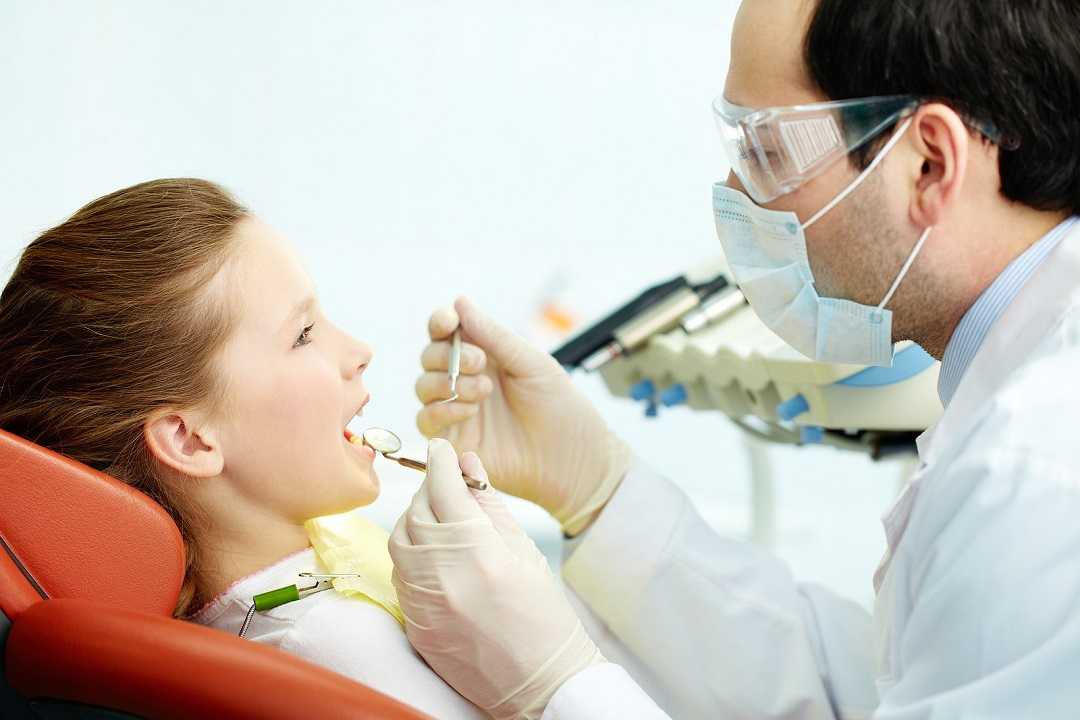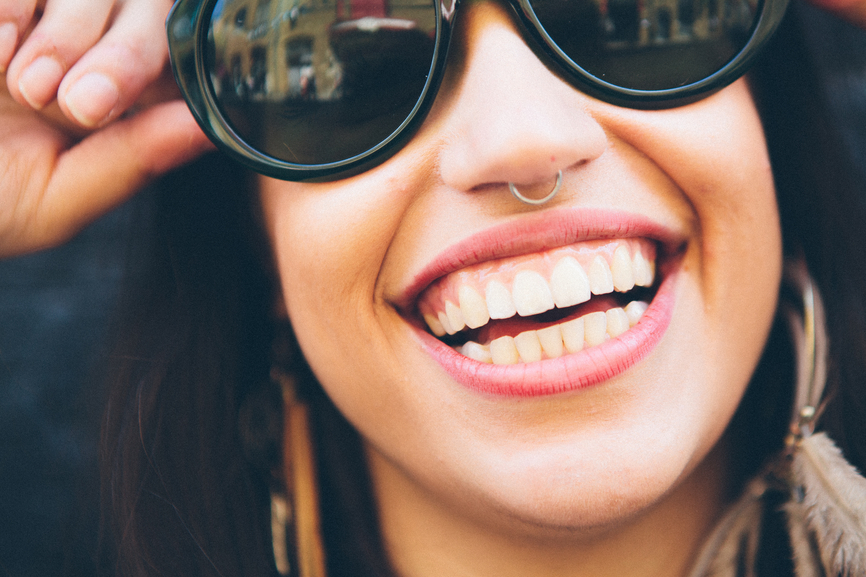Everyone wants a white, majestic smile to show off. And, with so many products and treatments available for teeth whitening, how can you tell what’s effective, and more importantly, what’s safe.
Truth is, just like we all have different hair and skin color, we all come with different tooth color too. Some teeth are more yellow than others, and some get more yellow with aging. Your natural tooth color can also be affected by a number of other factors. In our quest to have the ultimately brilliant smile, there are some common myths to keep in mind.
1) Teeth whitening will damage your enamel
While whitening products can cause temporary tooth sensitivity, the truth is they don’t damage the enamel. Whitening products only remove surface stains found in the microscopic pores of your teeth and the bleach does not penetrate deeply within the tooth
2) Rubbing fruit on your teeth can help to remove stains
Strawberries, lemons, even banana peels – there are many, many folk tales about getting that white smile. But, not only will fruit not remove stains, it will also seriously damage your teeth. The high concentration of citric acid in these fruits can potentially erode teeth.
3) Once whitened, teeth will stay white forever
Unfortunately, the effects of eating, drinking and aging continue to show on your teeth even after having them whitened. To maintain your pearly smile, teeth whitening maintenance should be done on a regular basis, approximately every six months. Committing to good oral hygiene habits and brushing with a whitening toothpaste, along with avoiding foods that stain your teeth, will help the life of your white teeth last longer.
4) Active charcoal is the secret to whiter teeth
This is one of the latest viral trends on social media, and while tempting, medical professionals are warning against this DIY trend. Most dentists agree that this method may actually leave tooth enamel susceptible to deterioration and erosion, which can lead to sensitivity and cavities.
5) Whitening will make your teeth look unnatural
A common concern, it is very difficult to whiten your teeth beyond their most natural, whitest shade. If you have noticed people with unnaturally white teeth, it is likely they have had other types of cosmetic treatment done such as porcelain crowns or veneers. There’s a finite level of whitening which can be achieved, and this depends on what shade your teeth were when you started.
6) Teeth whitening causes extreme sensitivity
After a teeth whitening treatment, patients sometimes experience tooth sensitivity. This is true for both professional whitening as well as over-the-counter teeth whitening. One cause of tooth sensitivity can be a result of the bleaching agent getting on the gums and other soft tissues near a tooth. It can also be due to the dentinal tubules which are little holes in the dentin layer of the tooth that are linked to the dental pulp within the tooth. This is also why teeth can be sensitive to heat and cold. Whitening agents can cause the tubules to become exposed (which is a temporary condition), and make teeth hypersensitive. After a whitening treatment, avoid foods that are hot or cold for a day or two and it’s a good idea to brush your teeth gently and rinse with lukewarm water.
Good news! The American Dental Group Discount Plan offers discounts on Teeth Whitening (and like many cosmetic dental procedures, most traditional insurance plans have zero coverage!).









